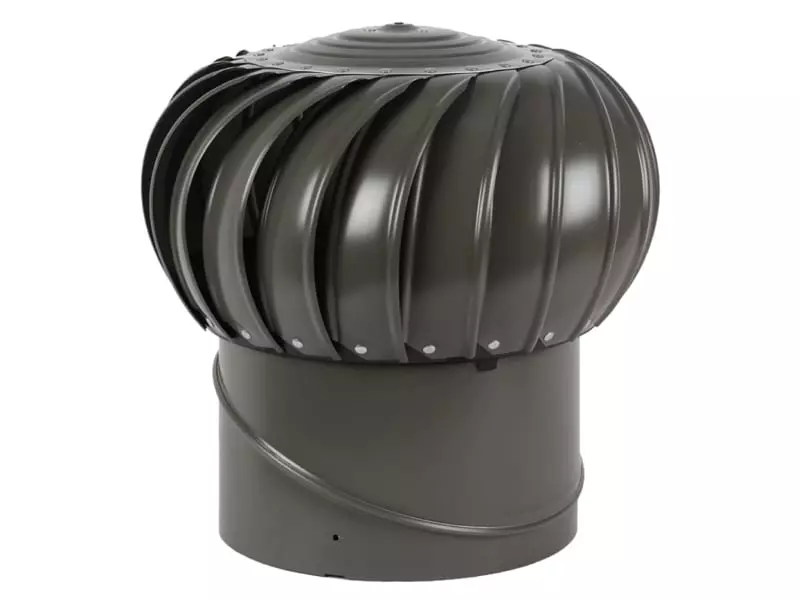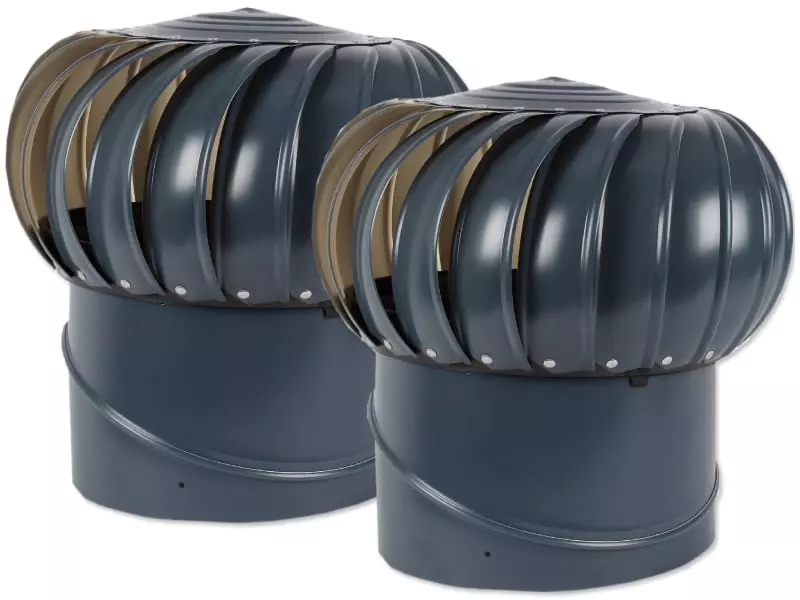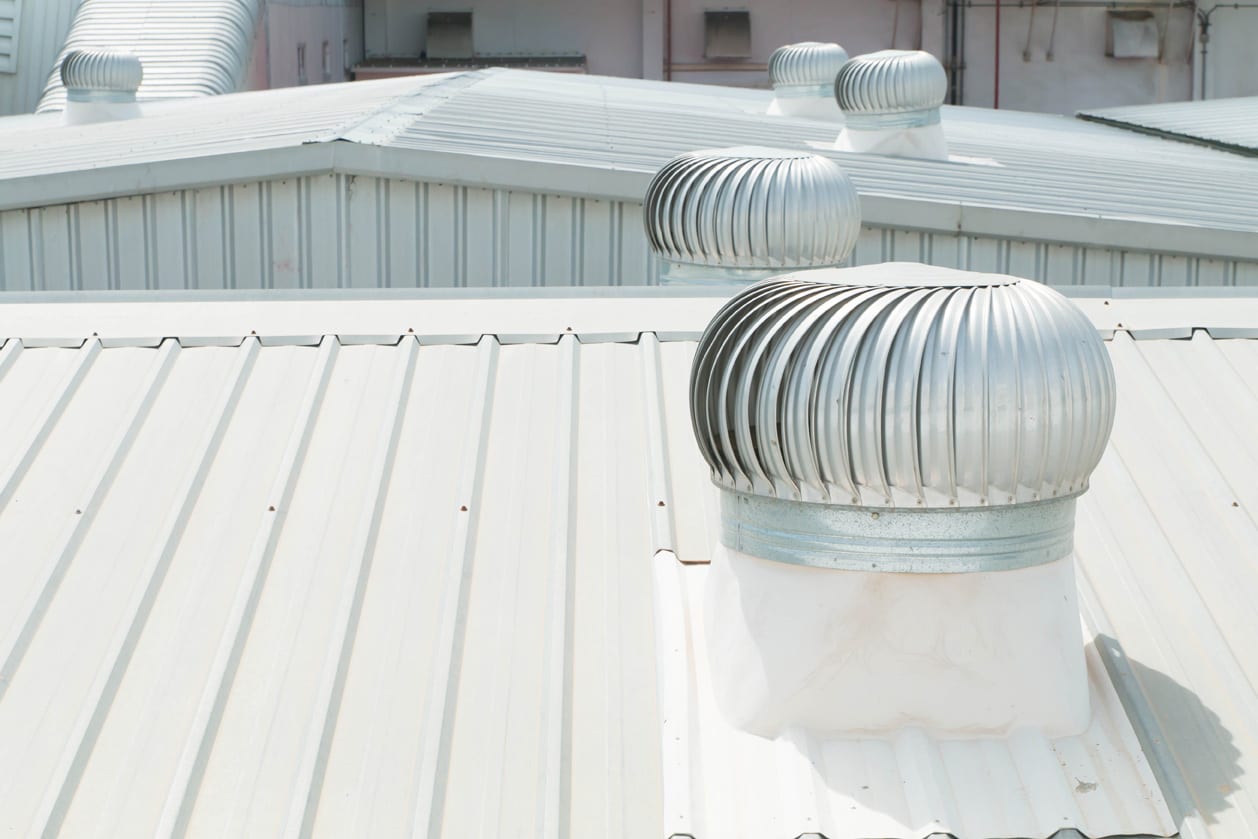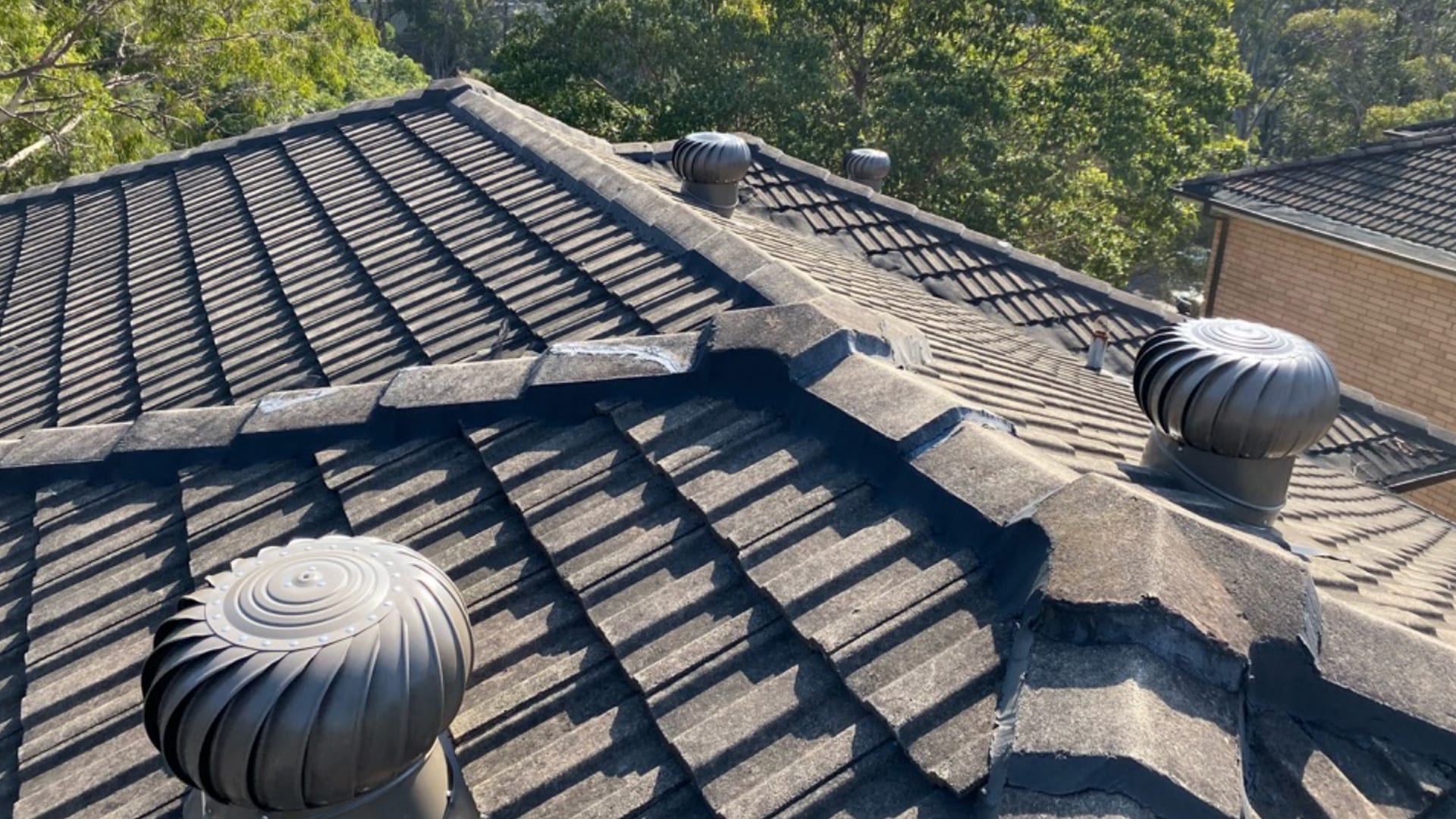Why is My Roof Turbine Vent Squeaking?
Rain Heads Custom Made Shipped Free Australia Wide – Click Here >
Dambuster Rain Heads Shipped Free Australia Wide – Click Here >
Commercial Industrial Roof Vents 300mm-950mm – Click Here >
Eco-Friendly Roofing Insulation Shipped Free – Click Here >
Gutter Sumps Shipped Free Australia Wide – Click Here >
1 Roof Vent
Supply & Installation Price
$520/1

1 Ampelite 300 Spinaway
Colorbond or Mill Finish Supply & Installation Price
Download PDF
2 Roof Vent
Supply & Installation Price
$860/2

2 Ampelite 300 Spinaway
Colorbond or Mill Finish Supply & Installation Price
Download PDF
3 Roof Vent
Supply & Installation Price
$1,090/3

3 Ampelite 300 Spinaway
Colorbond or Mill Finish Supply & Installation Price
Download PDF
4 Roof Vent
Supply & Installation Price
$1,300/4

4 Ampelite 300 Spinaway
Colorbond or Mill Finish Supply & Installation Price
Download PDF
Noisy Roof Vents?
Roof turbine noises can be incredibly frustrating, especially if they are unpowered turbines that you cannot disable. They are difficult to reach, making repairing them an issue, and they can, if left to their own devices, become incredibly loud. For residential properties, this is a severe problem, as the neighbours will not be fans of your defective turbine, and it will likely be loud enough to keep you up on windy nights.
The majority of the time, a squeaking roof turbine vent is caused by the lubricant in the bearings drying out, causing various metal parts to rub against each other which, in turn, generates that unpleasant squeaking noise you hear. Fortunately, it is a very fixable problem and, depending on your property, perhaps even one you can fix yourself. But first, let’s dig a little deeper into how this squeaking happens.

Why is my Roof Turbine Vent Squeaking?
Turbine roof vents contain several areas where parts need to move around other parts for the turbine to function correctly. For example, in a whirlybird roof vent, there is a central shaft that connects to the top and bottom of the whirlybird and forms the axis around which the fins spin. Below that there is the actual turbine that is responsible for pulling air up out of the attic space, and this part has to be able to spin independently of the fins in order for the vent to pull air up and through the turbine.
This is achieved through bearings, which are essentially concentric rings separated by lubricated steel balls. The inner ring is locked to one part of the vent, the outer ring to the other. The two rings can rotate independently of each other thanks to the ball bearings, which roll around the two rings creating a smooth rotation.
Over time, the lubricant inside these bearings can dry out, a process that can be sped up by the local climate. When this happens, those ball bearings stop moving so freely and begin grind as they spin, which causes that frustrating squeaking noise. There are multiple parts of the turbine where this can occur, so there might be more than one area that needs attention.
There are other less common causes of a squeaking roof turbine, such as debris getting stuck in the fins. This can sometimes create a whistling noise as the turbine rotates. Unfortunately, when this happens, the only solution is to remove the debris, which may involve climbing onto the roof. As we will frequently state through this article, do not attempt something like this unless you are qualified to do so.

How Do I Fix a Squeaking Roof Vent?
In some cases, fixing a squeaking turbine requires little more than climbing into the attic with a tin of WD40. A lot of turbine vents are completely open underneath; accessible by removing a guard mesh. In these cases, you should be able to poke your WD40 nozzle at the bearing, being careful to make sure the turbine is not spinning when you do so and give it a generous squirt. Take great care to make sure your hands are never in the turbine, especially with models like whirlybirds, where a strong gust of wind could set it spinning fast with little to no warning.
You may find that your vent needs lubricating in more than one spot. One of the other common places for squeaking to occur is the top central point where that shaft we mentioned meets the outer body of the vent. Obviously, we do not recommend climbing up onto your roof unless you are qualified to do so, and you should observe every possible safety measure if you do. Once up there, give the affected area a similarly liberal spray of lubricant. If it is not particularly windy when you carry out this repair, try spinning the fins by hand (taking great care to keep your fingers clear of the fins) to make sure the squeaking has gone. If the squeaking persists, or gets better but does not go entirely, try spinning the fins and spraying some more as the fins spin. Most of the time, this will be enough to cure your squeaking roof turbine vent.
If, as we mentioned above, your problem is debris getting caught in the fins of your roof vent, the debris will likely have to be removed. You can leave it a little to see if it comes free by itself, but if you’re reading a post like this, we’re willing to bet you’ve already been putting up with that noise for some time. If you find yourself (or a professional you have hired) having to get up on the roof, it is worth checking any other vents while there to make sure no other problems are developing.
Replacing Parts
Sometimes the bearings in a roof turbine vent can disintegrate entirely, or otherwise reach a point where they are beyond being rescued by the lubricant. In those cases, you can replace the bearings; however, this is a much more involved process that involves removing the vent from the roof and dismantling it. Sometimes that is all that is required, although sometimes the bearings can be stuck so tightly that special tools will be needed to remove them.
Replacing the Vent
If all else fails, you can always replace the vent. It is not an ideal solution, but it is better than being kept up at all hours of the night by a squeaking vent.
Call a Professional
If you are in any doubts about your ability to carry out the above steps, don’t. Some of the things mentioned above are dangerous and could result in significant physical harm. If you are not experienced or qualified to carry out this kind of repair, we strongly recommend you call someone who is.
Having a professional look at your squeaking turbine also has the advantage of them being better equipped to diagnose the problem, and come up with the best course of action.
Environmental Factors
Some regions are better suited to roof turbine vents than others. For example, if you live in a coastal region, the salt in the air can shorten the life of your turbine vents. In these cases, it might be best to consider replacing your vents with one better equipped to deal with the environment.
